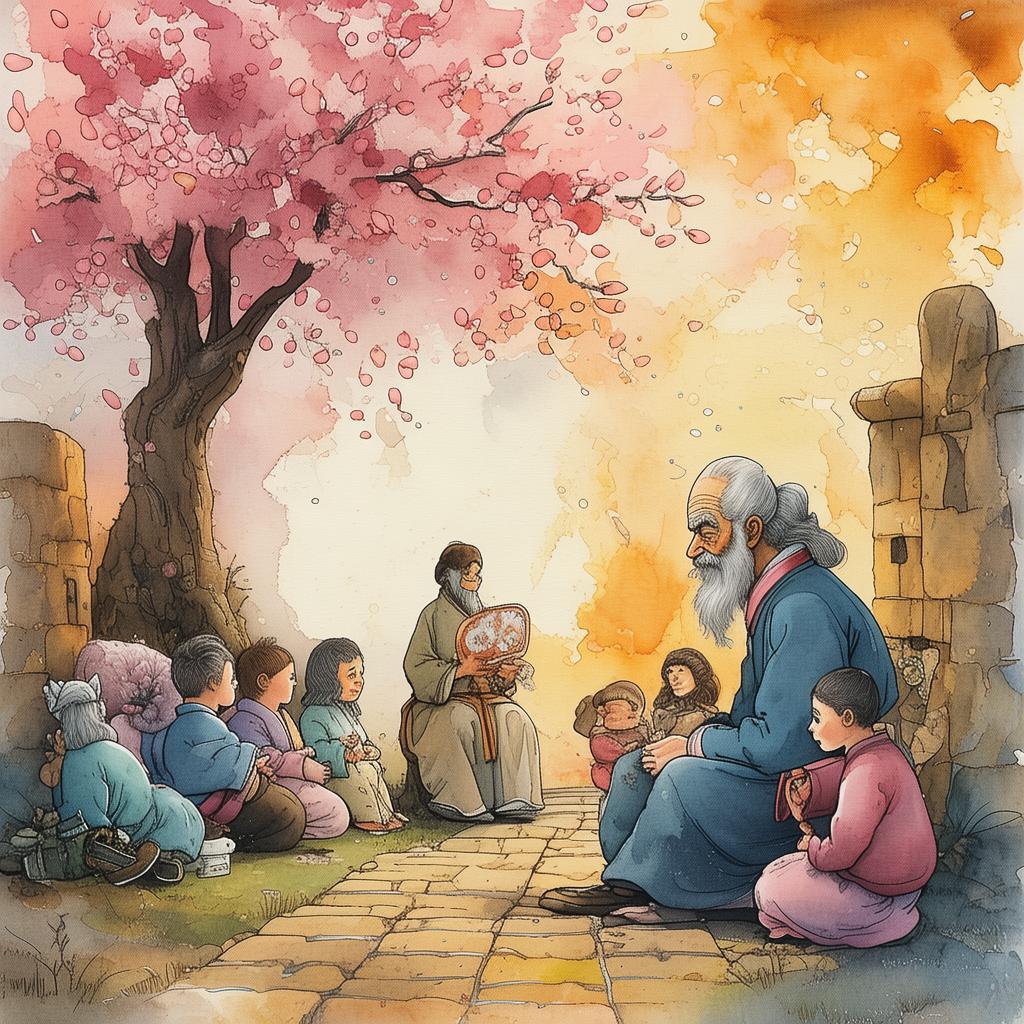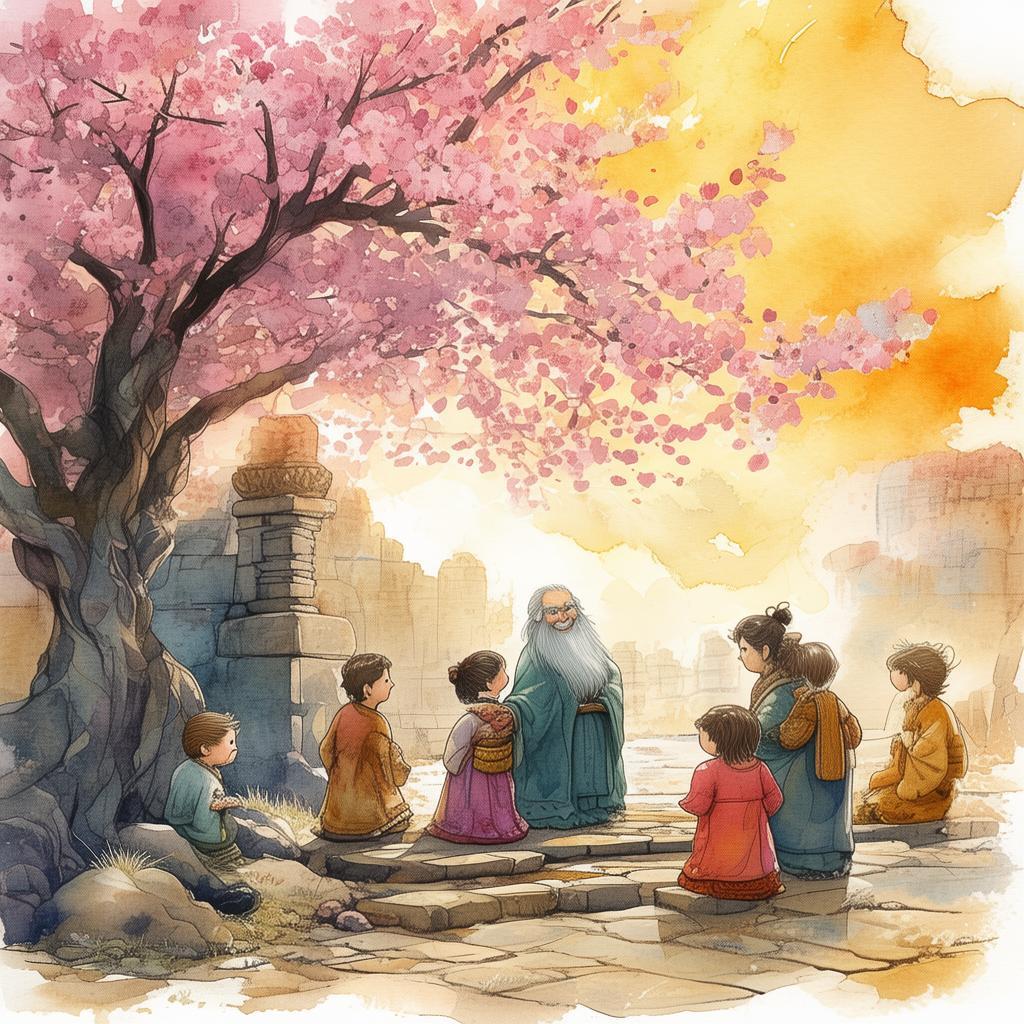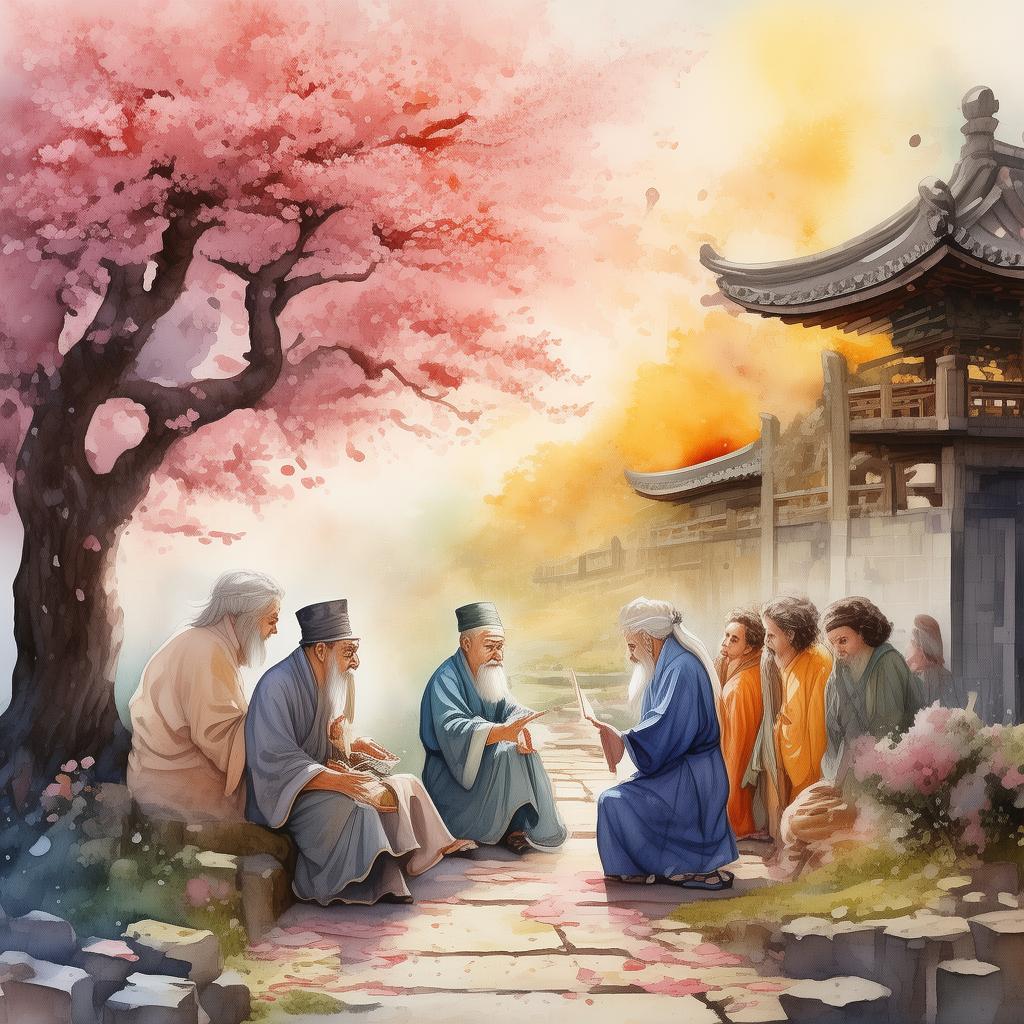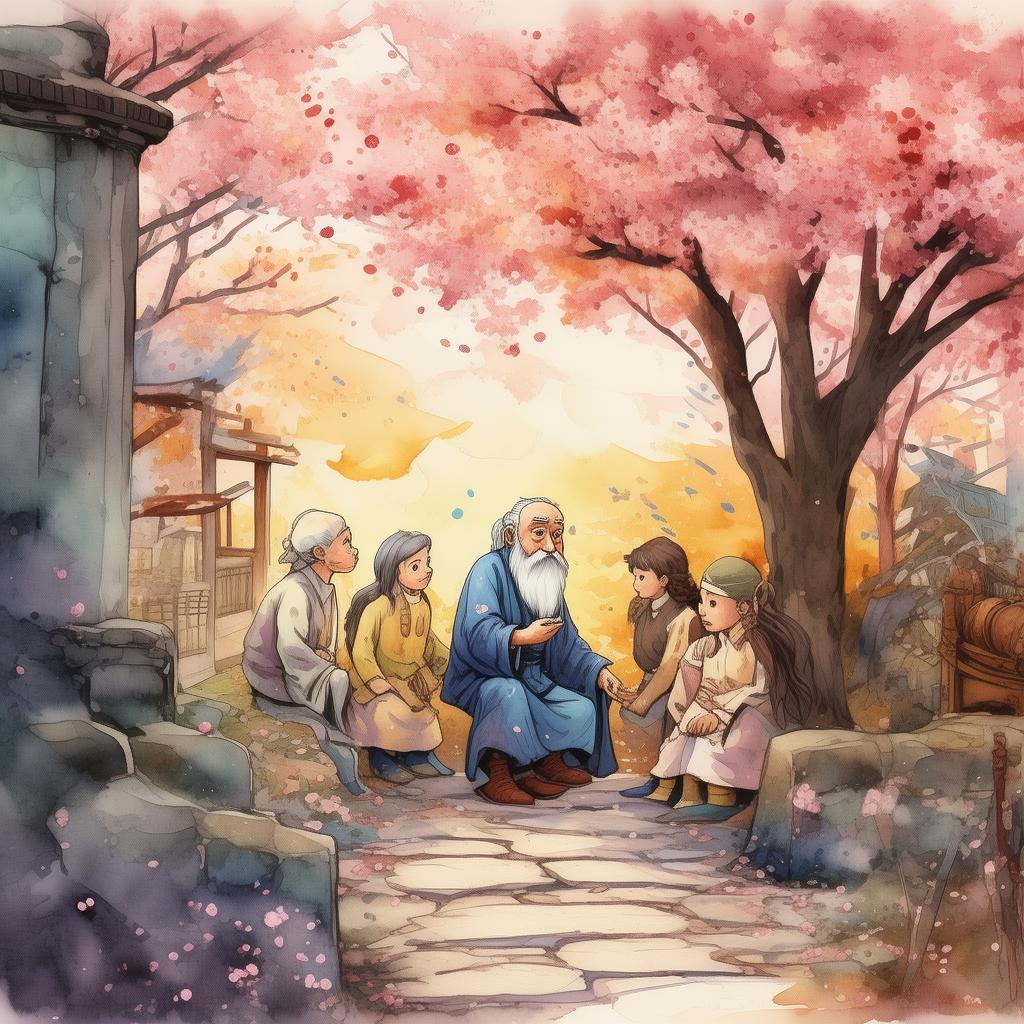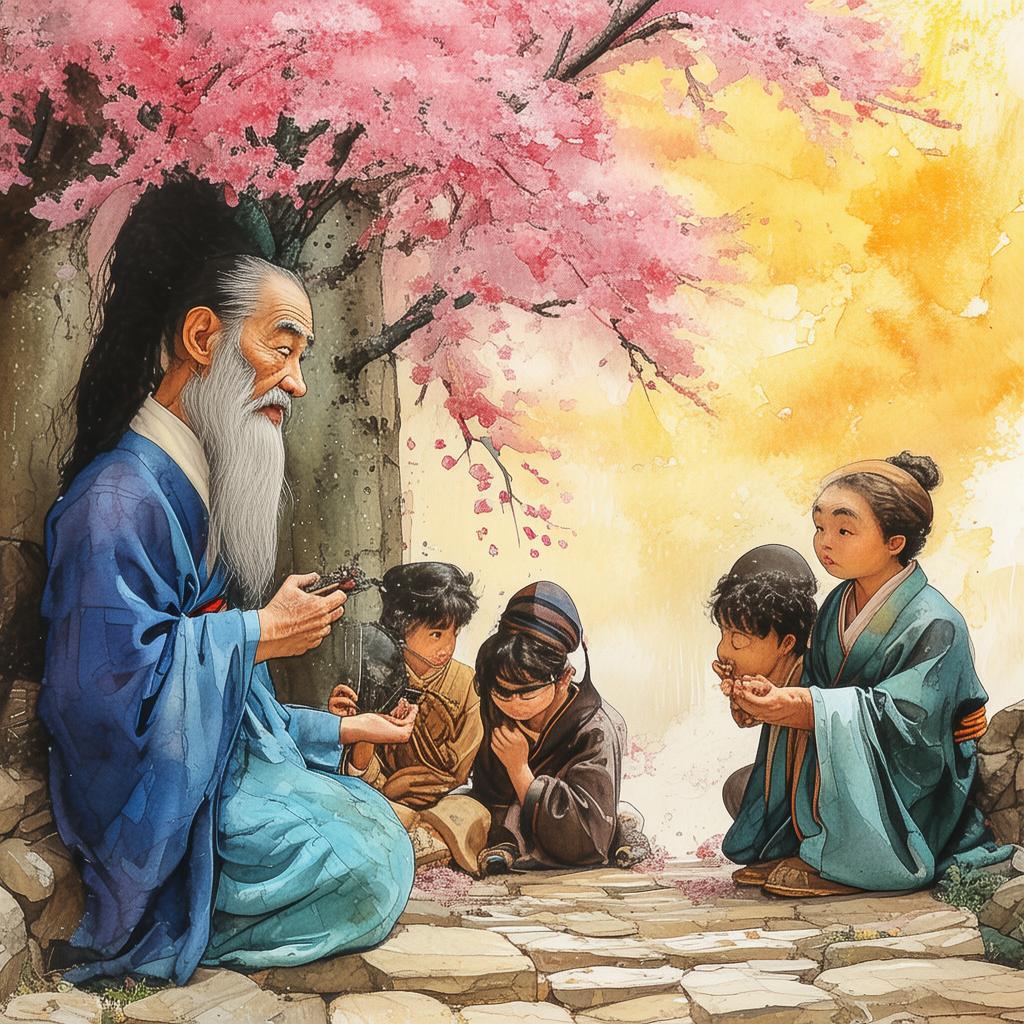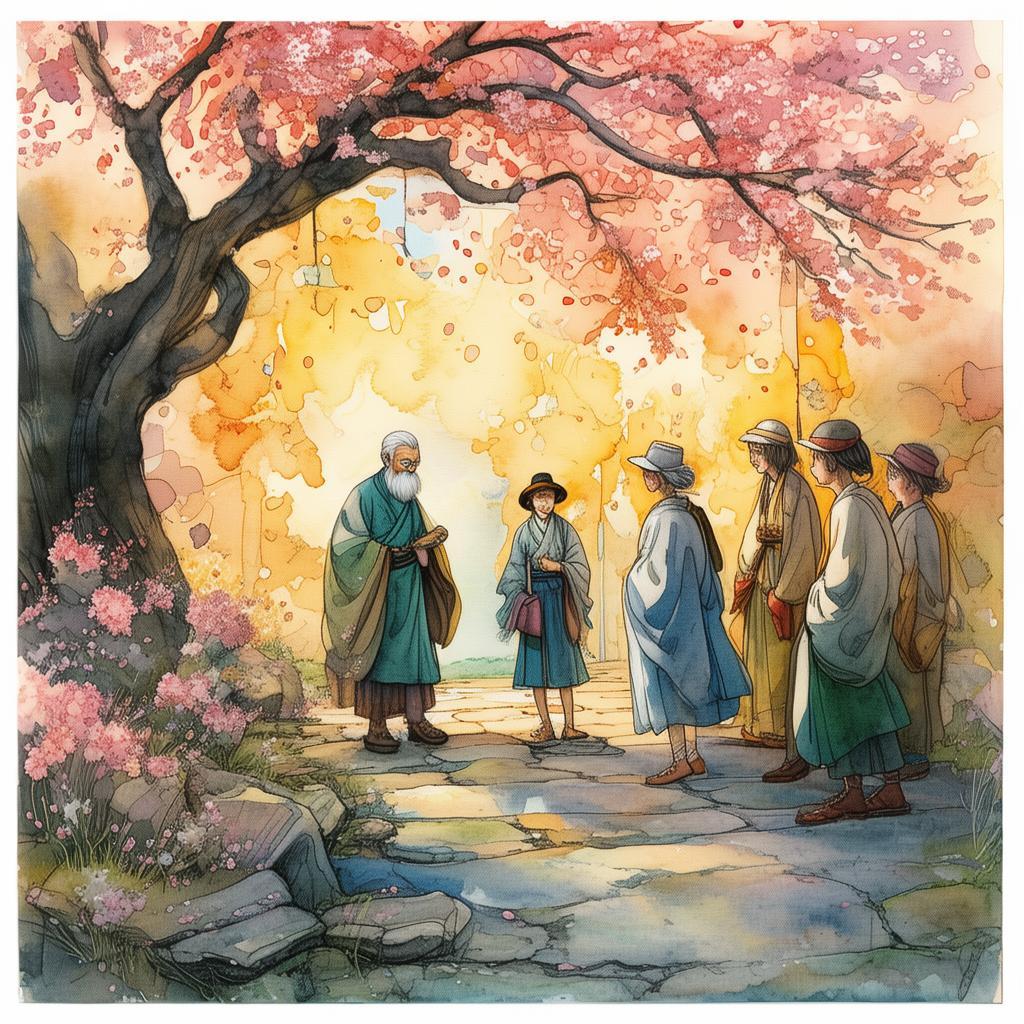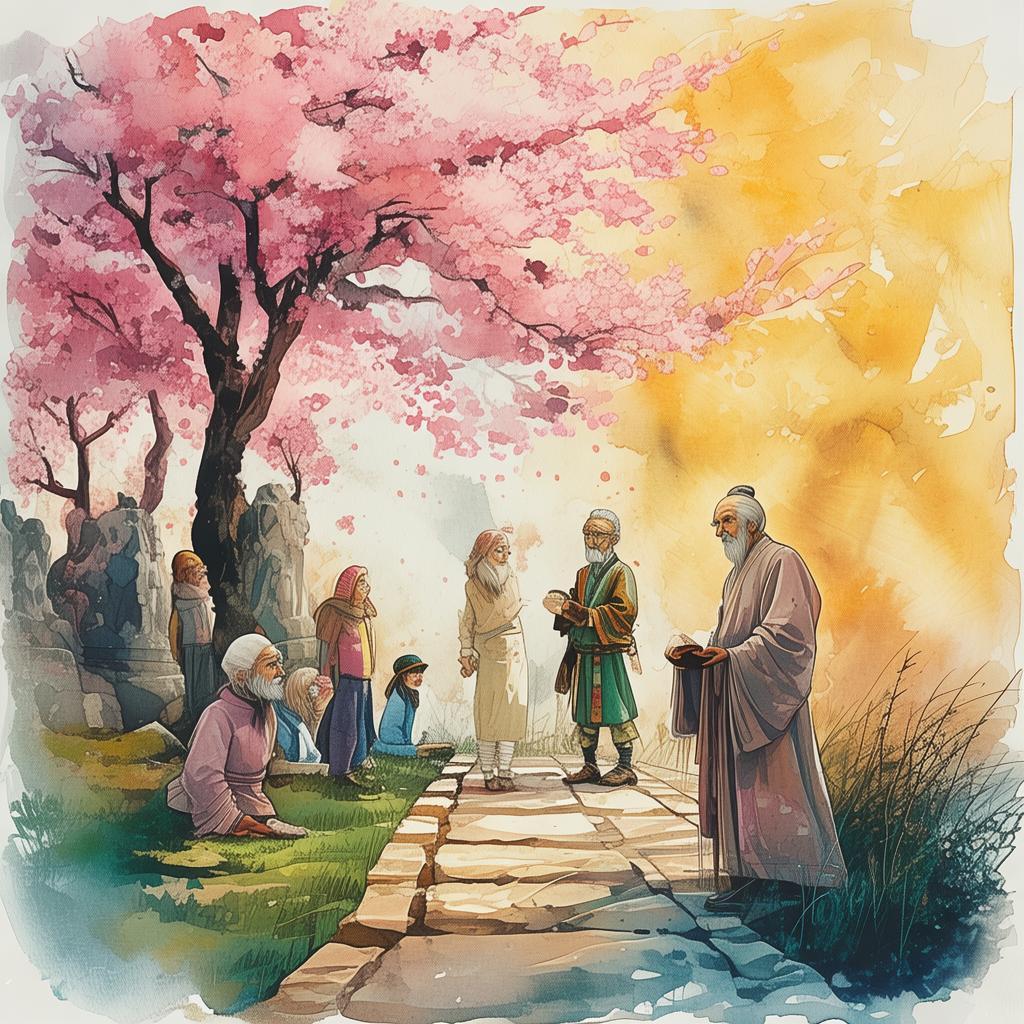The Fable of the Mending Hand: A Tale of Patience and Perfection
In the quaint village of Paperfield, nestled between towering paper forests, there lived a master craftsman named Li. Known throughout the land for his exceptional skill in crafting paper-based fables, Li's work was a testament to the art of patience and the pursuit of perfection. His fables were not just stories; they were intricate tapestries of paper, each fold and crease a story in itself.
One crisp autumn morning, as the leaves danced in the breeze, Li received a request like no other. The village elder, an ardent collector of tales, had found a cherished fable in disrepair. The story, "The Mending Hand," was said to be a fable of great importance, but it was now frayed and worn, in need of restoration.
Li knew the fable well. It was a tale of a paper craftsman who had spent years crafting a perfect fable, only to have it destroyed by a thoughtless passerby. The craftsman, heartbroken and despondent, resolved to recreate the fable, but in doing so, he discovered the true essence of craftsmanship and the value of patience.
Li set to work with his usual meticulousness, carefully removing the damaged pieces and replacing them with new paper. As he worked, he found himself reflecting on the story, the lessons it held, and the parallels to his own life.
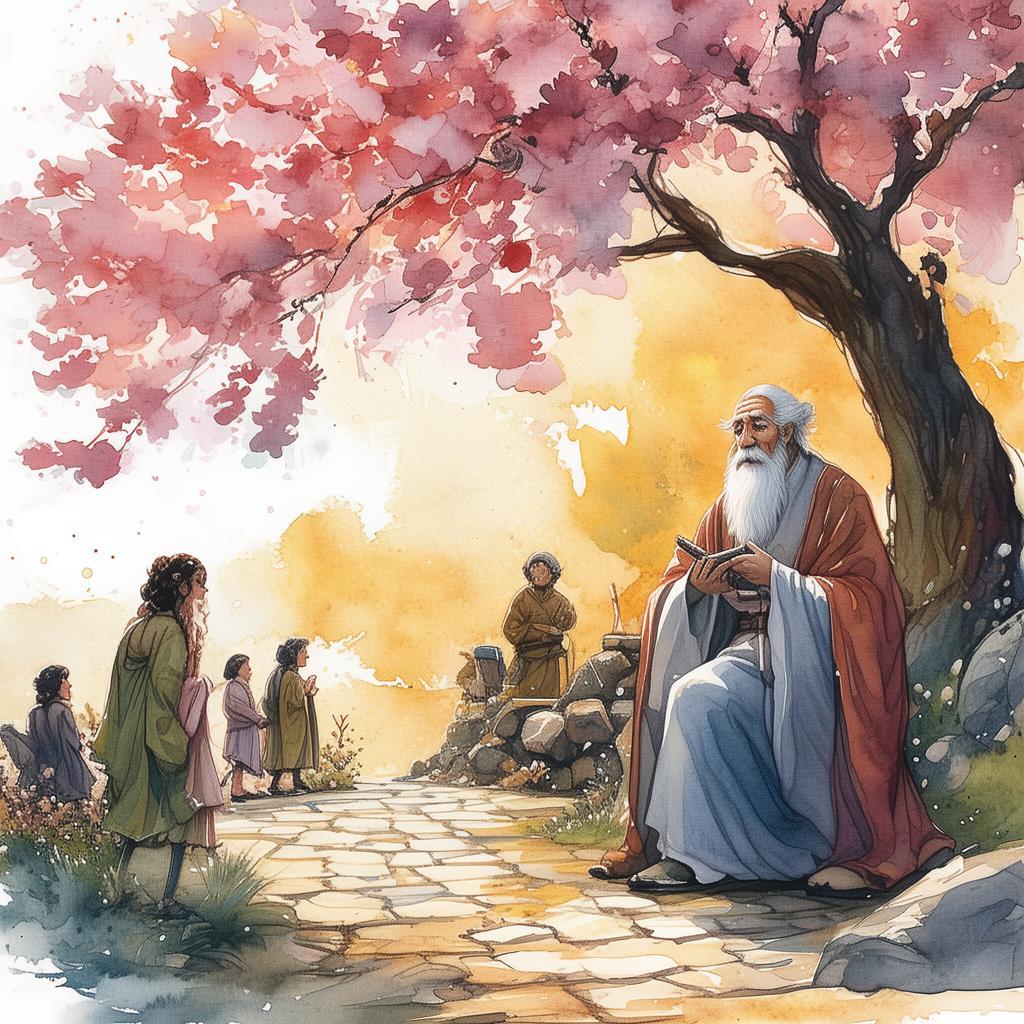
One evening, as the sun dipped below the horizon, casting a golden glow over the village, Li made a startling discovery. A single, tiny piece of paper, perfectly preserved, had been tucked away in the frayed pages. He unfolded it to reveal a sketch of a hand, a hand that seemed to be reaching out to mend the fable.
Intrigued, Li followed the hand's path through the story. It led him to a hidden compartment within the fable. Inside, he found a small, intricate paper model of a hand, crafted with the same precision as the fable itself. The model was perfect, as if it had been created in a moment of clarity and inspiration.
Li realized that the fable was not just a story of a craftsman's journey; it was a reflection of his own life. The hand was a symbol of his own quest for perfection, his willingness to mend what was broken, and his unwavering belief in the power of patience.
As he worked through the night, piecing together the fable, Li found himself drawn to the story's message. He understood that the true beauty of craftsmanship lay not in the perfection of the end product, but in the journey itself. Each fold, each crease, each mistake, was a part of the process, a testament to the craftsperson's dedication and growth.
By dawn, the fable was complete. The village elder, who had watched with bated breath, was moved to tears as he read the restored tale. Li stood by his work, feeling a profound sense of fulfillment. He had not only mended a fable but had also mended his own understanding of the craft.
The village buzzed with the news of Li's achievement. People came to see the fable, drawn by the story of the mending hand and the lessons it held. Li found himself sharing his insights, his journey, and the value of patience and perseverance.
In the end, the fable of "The Mending Hand" became more than just a story; it became a symbol of hope and inspiration. Li's work continued, but now with a new sense of purpose. He crafted his fables with even greater care, knowing that each story was not just a piece of art, but a lesson for all who would listen.
And so, the fable of "The Mending Hand" spread far and wide, a testament to the power of patience and the beauty of imperfection.
✨ Original Statement ✨
All articles published on this website (including but not limited to text, images, videos, and other content) are original or authorized for reposting and are protected by relevant laws. Without the explicit written permission of this website, no individual or organization may copy, modify, repost, or use the content for commercial purposes.
If you need to quote or cooperate, please contact this site for authorization. We reserve the right to pursue legal responsibility for any unauthorized use.
Hereby declared.
